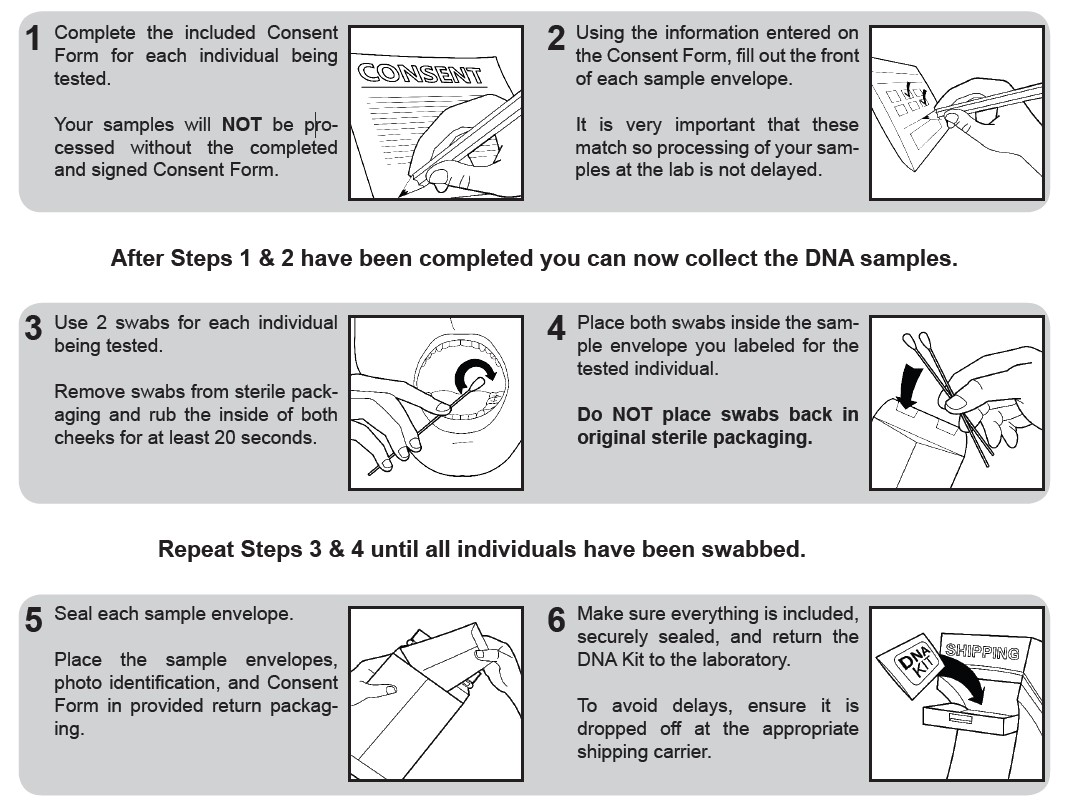The ability to rapidly analyze DNA samples outside of a controlled laboratory environment, often referred to as “in the field,” represents a paradigm shift in various sectors. From forensic science and environmental monitoring to point-of-care diagnostics and even agricultural applications, the implications are far-reaching. The speed at which DNA analysis can be conducted in these settings, however, is a multifaceted question dependent on several crucial factors.
Current Landscape of Field-Based DNA Testing
Traditionally, DNA analysis involved a multistep process: sample collection, transportation to a laboratory, DNA extraction, amplification (often via Polymerase Chain Reaction, or PCR), and then sequencing or genotyping. This entire process could take days, even weeks, significantly delaying critical decisions. The advent of portable and miniaturized technologies is gradually compressing this timeline.
Key Factors Influencing Testing Speed
Several variables dictate how quickly a DNA sample can be analyzed in the field:
- Sample Type and Preparation: The type of biological material being analyzed drastically affects processing time. Easily accessible samples like buccal swabs (cheek cells) typically require minimal pre-processing. More complex samples, such as blood, tissue, or environmental samples (soil, water), demand more extensive extraction and purification steps to isolate the DNA from inhibitors and other contaminants. This is often the rate-limiting step.
- Technology Employed: The analytical platform is perhaps the most significant determinant of speed. Traditional PCR-based methods, even when miniaturized, still involve thermal cycling, which inherently requires time. Isothermal amplification techniques, such as Loop-mediated isothermal amplification (LAMP), can be significantly faster, as they maintain a constant temperature, simplifying the instrumentation and accelerating the reaction. More advanced technologies like microfluidic devices and lab-on-a-chip systems, which integrate multiple steps into a single, automated platform, promise even faster turnaround times.
- Target DNA Sequence: The length and complexity of the DNA sequence being targeted impacts the assay design and analysis time. Focusing on a short, highly conserved sequence will generally yield results faster than attempting to amplify and analyze a large, variable region. This is particularly relevant in diagnostic applications where specific pathogens or genetic markers are being sought.
- User Expertise and Training: The operator’s skill level and familiarity with the equipment play a crucial role. Highly trained personnel can optimize protocols, troubleshoot issues effectively, and interpret results accurately, all of which contribute to a faster overall process. User-friendly, automated systems can mitigate this factor, but some level of training is always required.
- Environmental Conditions: Field-based testing is inherently subject to environmental variables like temperature, humidity, and power availability. Extreme temperatures can affect the efficiency of enzymatic reactions, while power fluctuations can disrupt instrument operation. Robust, environmentally-hardened devices and optimized protocols are essential for reliable performance in challenging conditions.
Current Technological Capabilities
With currently available technology, it is feasible to obtain results within a timeframe ranging from 30 minutes to a few hours in the field. Rapid DNA analysis systems, often utilizing microfluidics and isothermal amplification, are commercially available and are being deployed in various settings. These systems can typically process samples and generate results in under an hour, making them suitable for time-sensitive applications.
Specific Examples and Applications
- Forensic Science: Rapid DNA analysis is transforming crime scene investigations. Instead of waiting days or weeks for lab results, law enforcement can now potentially obtain DNA profiles from evidence at the scene of a crime within a couple of hours. This capability can accelerate investigations, identify suspects more quickly, and potentially prevent further crimes.
- Infectious Disease Diagnostics: Point-of-care DNA testing is crucial for rapid diagnosis of infectious diseases, particularly in resource-limited settings. Detecting pathogens like influenza, malaria, or tuberculosis using portable DNA amplification devices can enable prompt treatment decisions and prevent the spread of disease. The speed of diagnosis can be the difference between life and death in these scenarios.
- Environmental Monitoring: DNA-based methods are increasingly being used to monitor water quality, track invasive species, and assess biodiversity. Field-deployable DNA analysis tools allow scientists to rapidly assess the presence and abundance of specific organisms, providing real-time information for environmental management.
- Agricultural Applications: Farmers can use portable DNA testing devices to quickly identify plant diseases, assess crop quality, and detect genetically modified organisms (GMOs). This information can inform planting decisions, optimize irrigation and fertilization strategies, and improve overall crop yields.
Future Directions and Potential Breakthroughs
The field of rapid DNA analysis is continuously evolving. Future advancements promise even faster and more sensitive detection capabilities. Some promising areas of research include:
- Nanopore Sequencing: This technology involves threading a DNA molecule through a tiny pore and measuring the changes in electrical current as each base passes through. Nanopore sequencing offers the potential for real-time DNA sequencing in a portable format, potentially reducing analysis time to minutes.
- CRISPR-based Diagnostics: CRISPR, a powerful gene-editing tool, is also being adapted for diagnostic applications. CRISPR-based assays can be designed to specifically detect the presence of a target DNA sequence, providing rapid and highly sensitive results.
- Direct DNA Sequencing: Eliminating the need for DNA amplification altogether could dramatically reduce the time required for analysis. Technologies that can directly sequence DNA molecules without prior amplification are under development and hold immense promise.
In conclusion, the speed at which a DNA sample can be tested in the field is highly variable, dependent on the interplay of sample complexity, technology sophistication, and operator expertise. While current technology allows for results within 30 minutes to a few hours, ongoing innovations promise to further accelerate this process, potentially enabling near real-time DNA analysis in a variety of settings. This shift towards rapid, decentralized DNA testing will undoubtedly revolutionize numerous fields, empowering informed decision-making at the point of need.










Leave a Comment